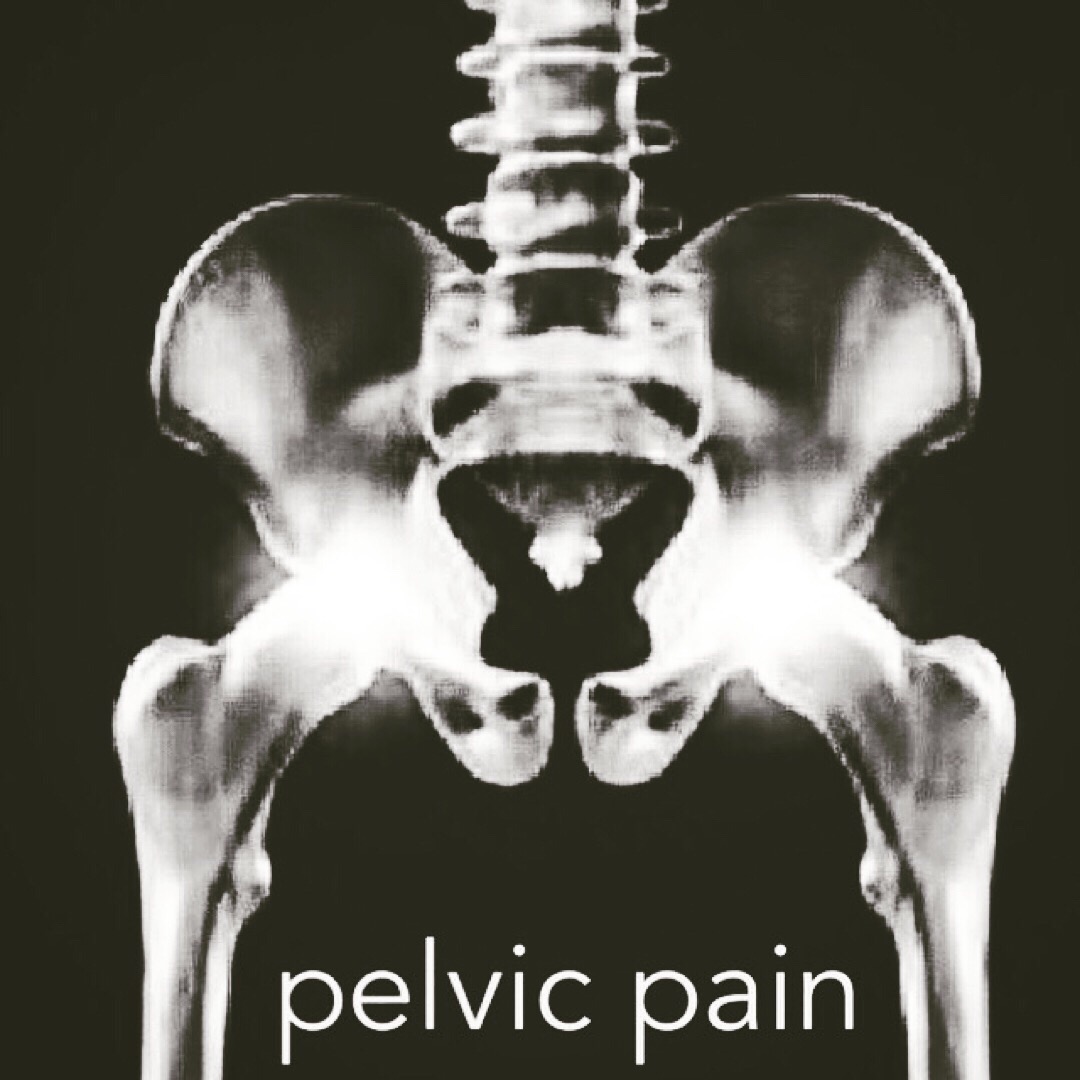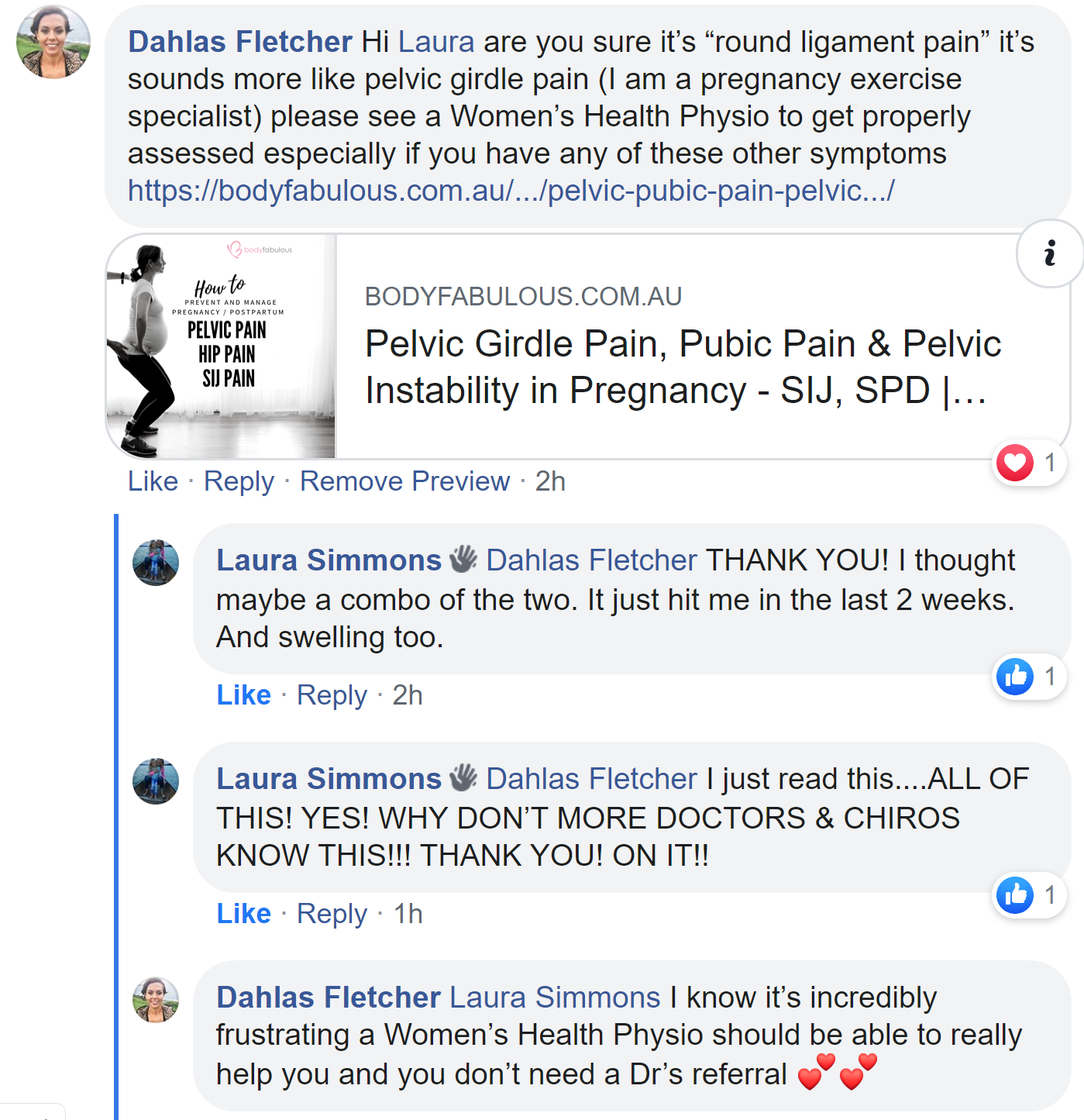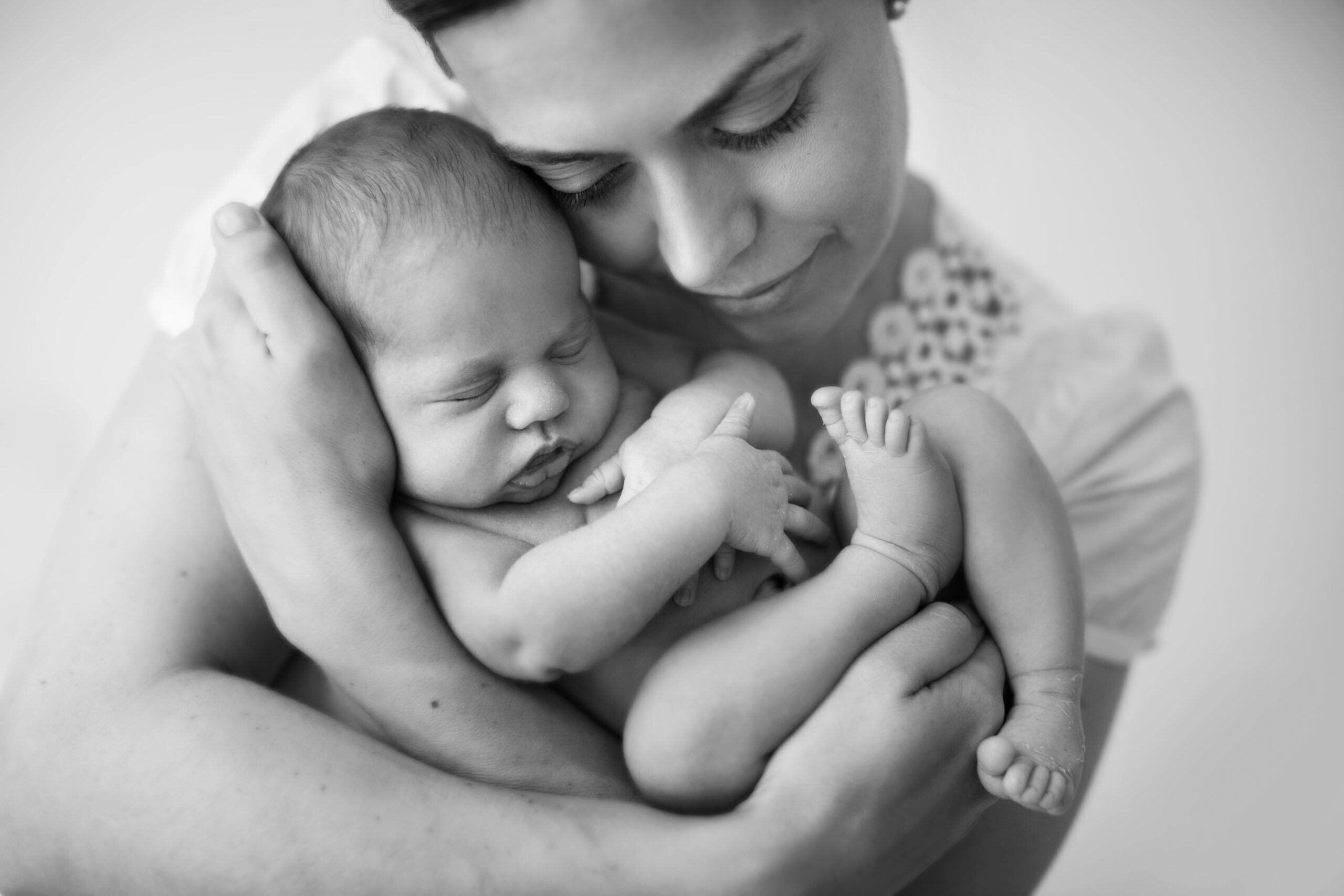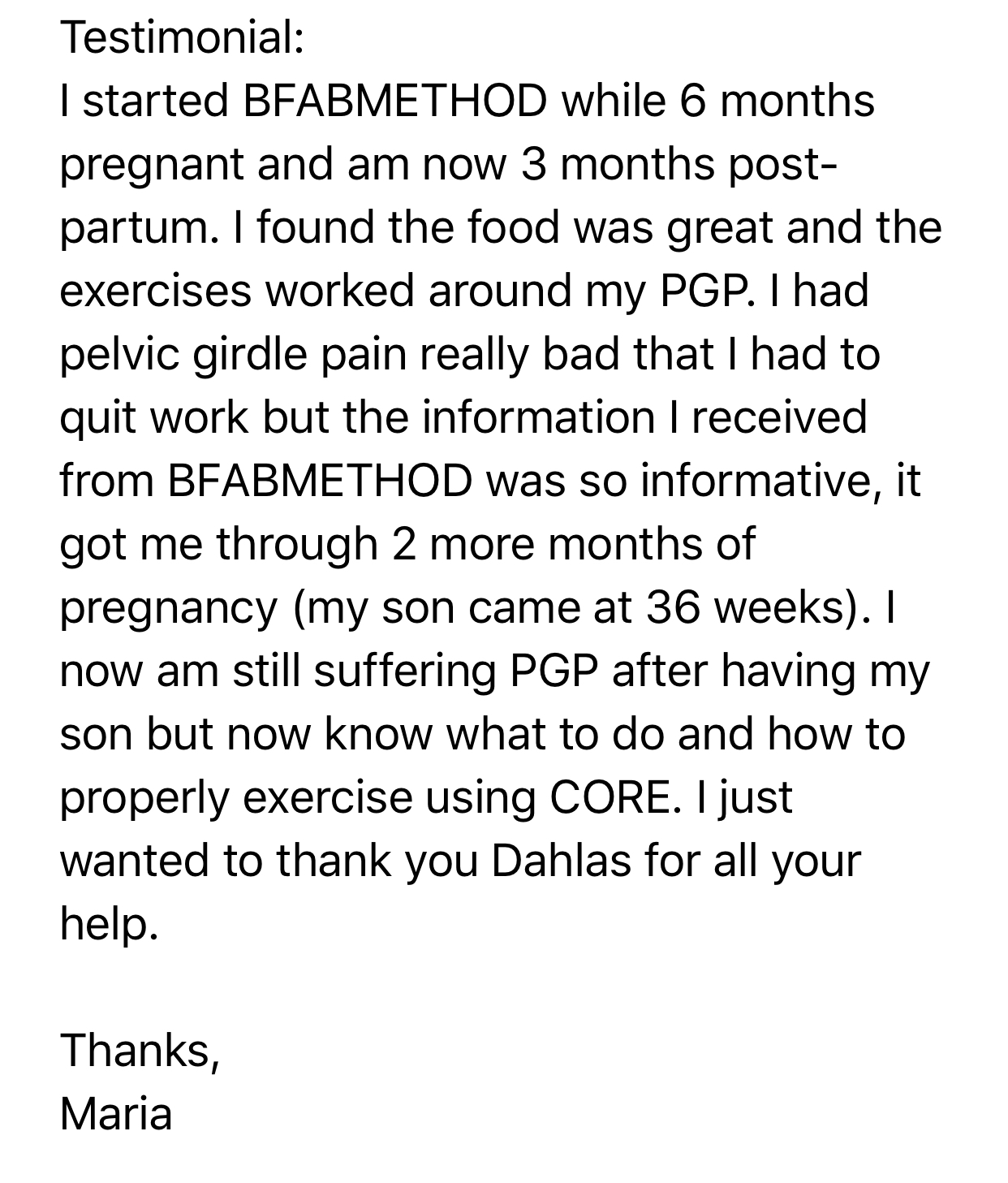You can’t STRETCH your way out of pelvic pain !
1 in 5 women will suffer with pelvic instability
with about 5% having serious problems.
Excessive instability is called pregnancy related Pelvic Girdle Pain (PRPGP)
Pelvic pain – can be managed & avoided :
Watch my VIDEO on how to manage and avoid Pelvic Pain :
What exactly is pelvic instability or SIJ pain ?
- The ligaments holding the pelvic bones together become soft and stretch due to hormones (relaxin). This leads to an unstable pelvis. Pain or instability can occur at any of the pelvic joints
- The pubic bone at the front can separate from 2 – 3 mm, this starts from as early as 8 weeks pregnant, it can separate as far as 10 mm and this is when pubic symphysis dysfunction is diagnosed.
- The joints at the top back of the pelvic called sacroiliac joints – SIJ also stretch making this joint unstable which causes pain and dysfunction
- Changes in weight and posture also affect the position of the pelvis, which in turn makes it more difficult for the muscles to stabilise the pelvis as they are stretched and weakened. Learn more about postural alignment changes during pregnancy here.
- So basically, during pregnancy the pelvis is floating and if you decide to do regular walking (especially for longer than 20 -30 mins) it begins to rub where the joints are split – leading to instability, inflammation and pain.
- Watch the FREE WORKSHOP I did about how to prevent and manage pelvic pain, plus how to continue to exercise with this condition – here in my free Facebook Community #BFabSquad
There is a strong link between regular walking and the occurrence of pelvic pain.
Not everyone who walks gets pelvic instability, but I find many women who do get uncomfortable pelvic pain are often regular long walkers (e.g 2 mins or more) !
Because of this, I caution my clients against excessive long walks (even during shopping) and “power walks” if it is causing pain. Other activities to avoid are prolonged standing especially with weight on one hip (often by carrying a child or heavy hand bag), carrying very heavy objects, bending and twisting caused by housework such as mopping and vacuuming, wearing high heels, sitting on a hard floor or hard chair, sitting on a very soft couch, sitting with legs crossed and climbing stairs.
Don’t worry there are still other exercises you can do other than walking ! Plus with early intervention pelvic pain can be managed and avoided as mentioned in my video above.
Pain and instability can occur in one or all of the 3 pelvic joints those being the pubic symphysis joint at the front of the pelvis and the left and right Sacroiliac joints at the back
Too often the symptoms of PRPGP or SPD are dismissed as just lower back pain – and ignored is it considered as…
“just one of the uncomfortable things that all pregnant women get”.
Check list – for the symptoms of pelvic pain / sij pain :
Use this pelvic pain check list below and if you have any symptoms please see a Women’s Health Physio.
- Pain in the front or back of the pelvis, groin, buttock, thigh, hip and lower back
- Difficulty walking or a waddling walking pattern
- Pain when standing on 1 leg
- Pain when turning or twisting
- Pain in hips when rolling over in bed
- Difficulty getting into and out of the car
- Clicking/clunking sounds from the pelvis
- Pain when opening your legs
- Shooting pain down the inner thigh
- Pubic bone pain

Symptoms of pain from the sacroiliac joints (sij at the back)
- Sharp fleeting pain especially on rising up from sitting in a chair – felt on either side of the back of the pelvis (pain can switch sides easily)
- Shooting pains into the buttocks or down the back of the legs to the knee
- Pain when lying on your back and side without support between the knees
- One sided pain concentrated in the buttocks area.
If any pain is accompanied by pins and needles or numbness that extends further than the knee – please have this assessed by a medical professional.
Safe & effective exercise can help avoid and manage pelvic pain
Specialised exercises (including functional training and structural balance) are important in improving the strength of the supporting structures within and around the pelvis.
Please don’t assume that you should just immediately cease your exercise program if you have any symptoms of pelvic pain. Have a health professional or certified trainer assess and guide you.

A pelvic support or belly belt provides most women some relief from pelvic pain. Plus regular massage or joint mobilisation from a qualified pregnancy physiotherapist.
At BodyFabulous I only focus on safe and sensible exercises and I have help many pregnant and postpartum women manage this condition. With focus on strength and conditioning of the legs, specialised pelvic floor conditioning and mobility exercises, plus improving core strength during and after pregnancy – all which can help prevent and relieve pelvic instability symptoms.
Join my online pregnancy and postpartum program THE BFAB METHOD here.
Will pelvic pain improve after birth ?
Research studies have shown that the majority of women (approx 93%) recover from pelvic pain within the first 3 months of giving birth. However there are a small percentage whose symptoms will last longer as post birth the hormone relaxin can remain in your system for up to 6 months (or longer if breastfeeding)
Pelvic Pain can also be prevented by specialised exercises done during pregnancy that focus on mobility and structural balance. Grab my FREE GUIDE here


About Dahlas
Dahlas Fletcher is one of Australia’s most respected and successful certified and experienced Pregnancy and Female Fitness Trainers. Her goal is to help you be the happiest, most fabulous version of yourself, inside and out.






